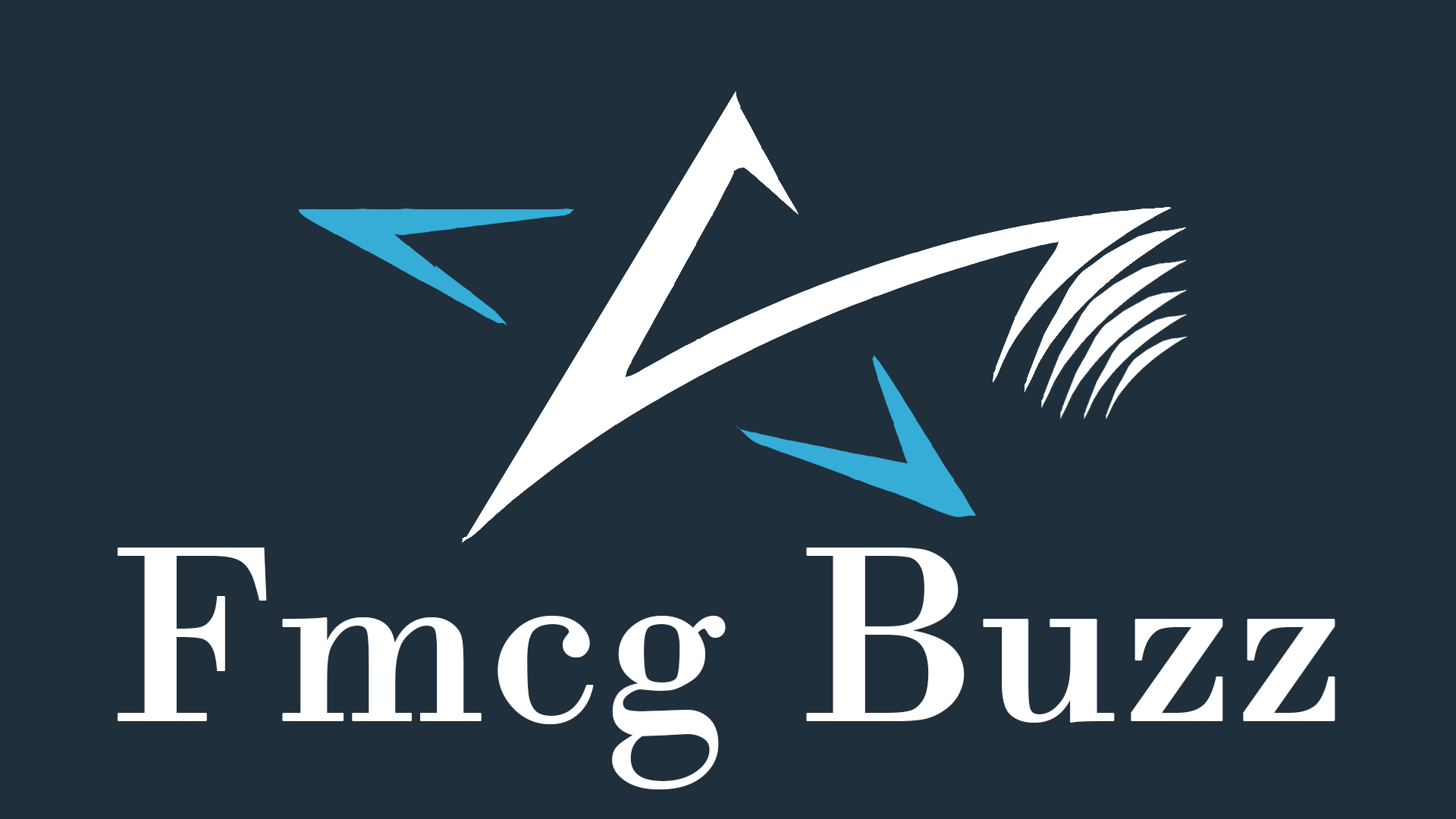As 2025 approaches, the FMCG landscape in Africa is transforming under the dual influence of economic pressures and evolving consumer behaviour.
Impacted by these changes, consumers are not only being more mindful of how much they spend and what they prioritize, but they are also shopping differently. They believe the way to combat inflation is by embracing a selective mindset.
Inflation has led to more discerning spending habits, pushing brands to innovate in their offerings and strategies. But how can brands identify and align with key consumer expectations in this shifting market?
Here are some key ways to achieve this:
Understanding Core Consumer Expectations
Consumer expectations go beyond merely delivering a product or service; it’s about understanding their spoken desires and unspoken needs.
If your customers value affordability and quality, they might not always say it outright, but they expect you to deliver both.
How then can you Identify key consumer expectations:
1. Ask Your Customers Directly
Use surveys/Feedback forms or social media to find out if you are meeting their expectations, and what they want or need. Recent consumer studies reveal that people value brands that deliver excellent customer service, offer high-quality products, and operate with transparent business policies.
2. Watch Market Trends
Pay attention to the latest market trends and what your competitors are doing.
3. Listen to Feedback
Engage with customers directly to understand their likes and dissatisfaction.
4. Adapt Your Brand
Adjust your products, services, or messaging to match what your customers care about most.
Offering Affordable Options that Match Local Preferences
With inflation affecting everyone’s spending habits, consumers are more careful about what they buy. We have seen more brands and retailers respond to this situation by offering affordable options, like smaller pack sizes or special promotions, to meet these needs — especially as many consumers are becoming more selective with their spending.
For instance, sachets of most FMCG products like Food, beverages, personal care, and household items have become increasingly popular, as they give consumers the quality they expect without the higher price tag — a smart move for many FMCG brands.
Brands and retailers can also improve their performance by tailoring products to fit local and cultural preferences. Research reveals that businesses offering region-specific products often perform better than competitors. For instance, when products are designed to match the preferences and needs of specific regions, they tend to appeal more to a larger set of consumers.
Earning Trust Through Honesty and Connection
Trust is earned by doing exactly what you say. For FMCG brands, this means being consistent, honest, and customer-centric in every interaction. Transparency about sourcing, manufacturing processes, and pricing reassures consumers that a brand values their trust.
For example, if you promise affordable yet high-quality products, ensure your offerings meet these expectations without compromise. Similarly, engaging directly with consumers through social media or community initiatives demonstrates that you’re listening and care about their concerns.
In an era where consumer scrutinizes every product before purchase, brands that actively listen, adapt, and connect with their consumers will thrive. Offering affordable, locally inspired options isn’t just a tactical move; it’s a way to show that your brand understands and respects the struggles and aspirations of its audience.
At the end of the day, it’s not just about selling products—it’s about creating solutions that truly resonate.
At FMCGBUZZ Innovation we have over a decade of experience delivering insightful research on fast-moving consumer goods (FMCG) products. While our core expertise is in the FMCG sector, we also take on projects beyond this scope, such as consumer app trials and usability studies.




Leave a Reply